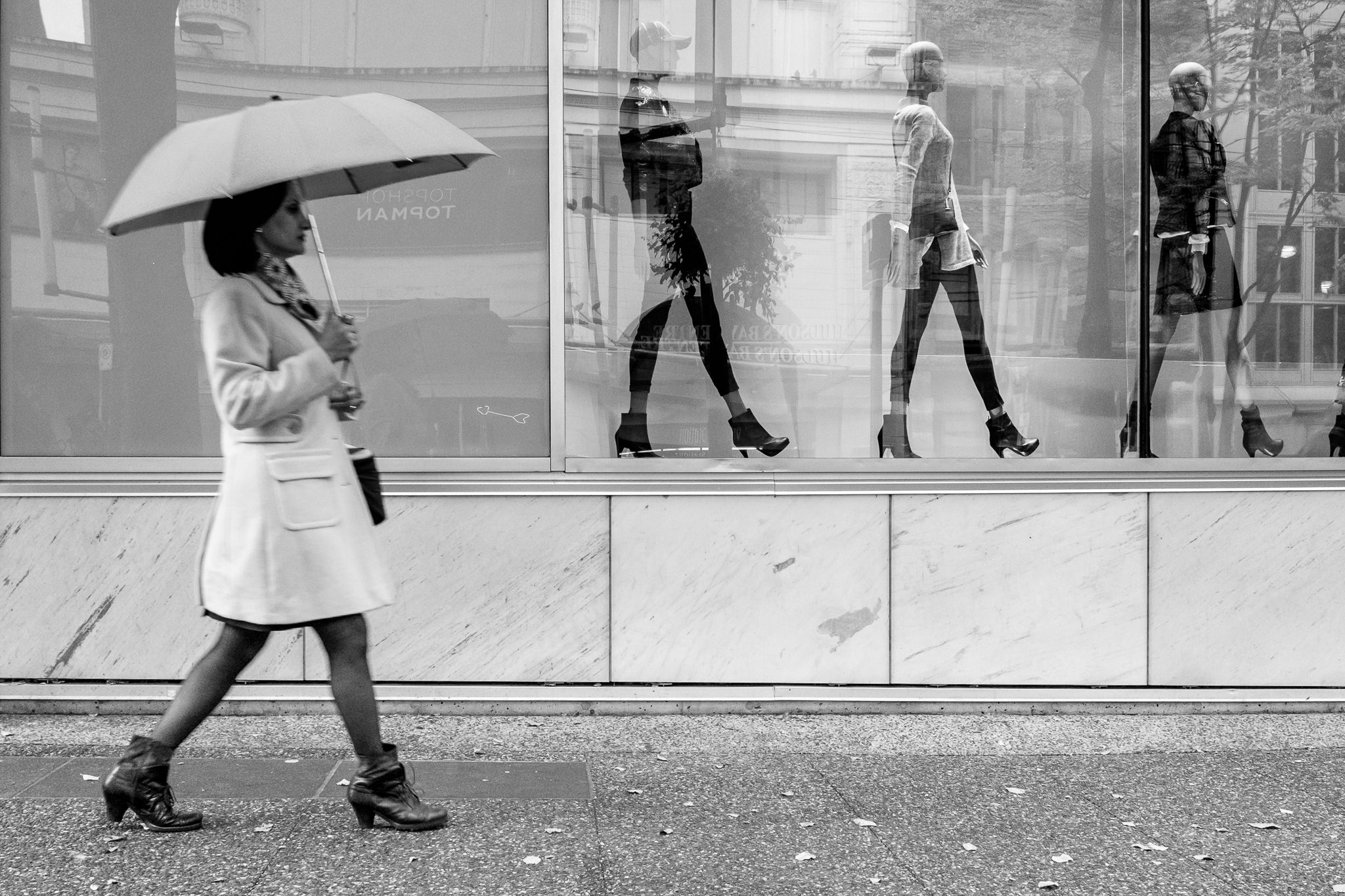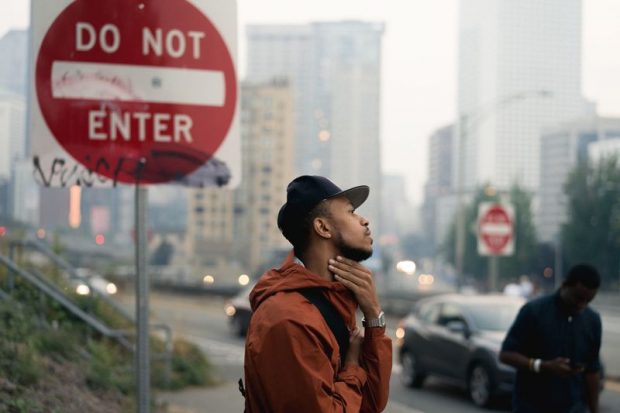Our Framing Streets Diaries
Our Framing Streets Diaries
Blog Article
How Framing Streets can Save You Time, Stress, and Money.
Table of ContentsFraming Streets Things To Know Before You BuyThe smart Trick of Framing Streets That Nobody is DiscussingFraming Streets for Beginners8 Simple Techniques For Framing StreetsFraming Streets Can Be Fun For EveryoneThe Ultimate Guide To Framing Streets
, normally with the aim of recording photos at a crucial or touching moment by mindful framing and timing. https://www.pubpub.org/user/david-turley.
The smart Trick of Framing Streets That Nobody is Talking About
Susan Sontag, 1977 Street digital photography can concentrate on individuals and their actions in public. In this regard, the road photographer resembles social documentary professional photographers or photojournalists who also operate in public locations, but with the objective of recording relevant occasions. Any one of these digital photographers' photos might capture individuals and property noticeable within or from public locations, which usually requires browsing honest problems and regulations of privacy, safety, and residential or commercial property.
Representations of day-to-day public life develop a genre in almost every period of globe art, starting in the pre-historic, Sumerian, Egyptian and very early Buddhist art durations. Art managing the life of the road, whether within views of cityscapes, or as the dominant theme, shows up in the West in the canon of the Northern Renaissance, Baroque, Rococo, of Romanticism, Realistic look, Impressionism and Post-Impressionism.
The smart Trick of Framing Streets That Nobody is Discussing
Louis Daguerre: "Blvd du Holy place" (1838 or 1839) In 1838 or 1839 the very first photo of numbers in the street was recorded by Louis-Jacques-Mand Daguerre in one of a pair of daguerreotype sights taken from his workshop home window of the Blvd du Holy place in Paris. The second, made at the height of the day, reveals an unpopulated stretch of road, while the various other was taken at regarding 8:00 am, and as Beaumont Newhall reports, "The Boulevard, so regularly full of a relocating throng of pedestrians and carriages was completely singular, other than an individual who was having his boots cleaned.
As a result his boots and legs were well specified, yet he lacks body or head, because these remained in motion." Charles Ngre, waterseller Charles Ngre. https://framingstreets1.godaddysites.com/f/framing-streets-mastering-the-art-of-street-photography was the initial professional photographer to acquire the technological elegance needed to sign up people in motion on the street in Paris in 1851. Professional Photographer John Thomson, a Scotsman functioning with reporter and social activist Adolphe Smith, published Road Life in London in twelve month-to-month installations beginning in February 1877
Unknown Facts About Framing Streets
Eugene Atget is related to as a progenitor, not because he this website was the first of his kind, however as a result of the popularisation in the late 1920s of his document of Parisian roads by Berenice Abbott, that was motivated to undertake a comparable documents of New York City. [] As the city established, Atget helped to advertise Parisian roads as a worthwhile topic for digital photography.

What Does Framing Streets Mean?
Martin is the first videotaped photographer to do so in London with a disguised electronic camera. Mass-Observation was a social research organisation established in 1937 which intended to videotape everyday life in Britain and to record the responses of the 'man-in-the-street' to King Edward VIII's abdication in 1936 to wed separation Wallis Simpson, and the succession of George VI. The chief Mass-Observationists were anthropologist Tom Harrisson in Bolton and poet Charles Madge in London, and their very first record was produced as the publication "May the Twelfth: Mass-Observation Day-Surveys 1937 by over 2 hundred viewers" [] Home window cleaner at Kottbusser Tor, Berlin, by Elsa Thiemann c. 1946 The post-war French Humanist College professional photographers located their topics on the street or in the diner. In between 1946 and 1957 Le Groupe des XV yearly showed job of this kind. Andre Kertesz. Circus, Budapest, 19 May 1920 Road digital photography formed the major material of 2 events at the Museum of Modern Art (Mo, MA) in New York curated by Edward Steichen, 5 French Photographers: Brassai; Cartier-Bresson, Doisneau, Ronis, Izis in 1951 to 1952, and Post-war European Photography in 1953, which exported the concept of road photography worldwide.

The Best Guide To Framing Streets
, after that an educator of young youngsters, linked with Evans in 193839.'s 1958 publication,, was substantial; raw and frequently out of focus, Frank's pictures questioned mainstream photography of the time, "challenged all the formal guidelines laid down by Henri Cartier-Bresson and Pedestrian Evans" and "flew in the face of the wholesome pictorialism and genuine photojournalism of American publications like LIFE and Time".
Report this page